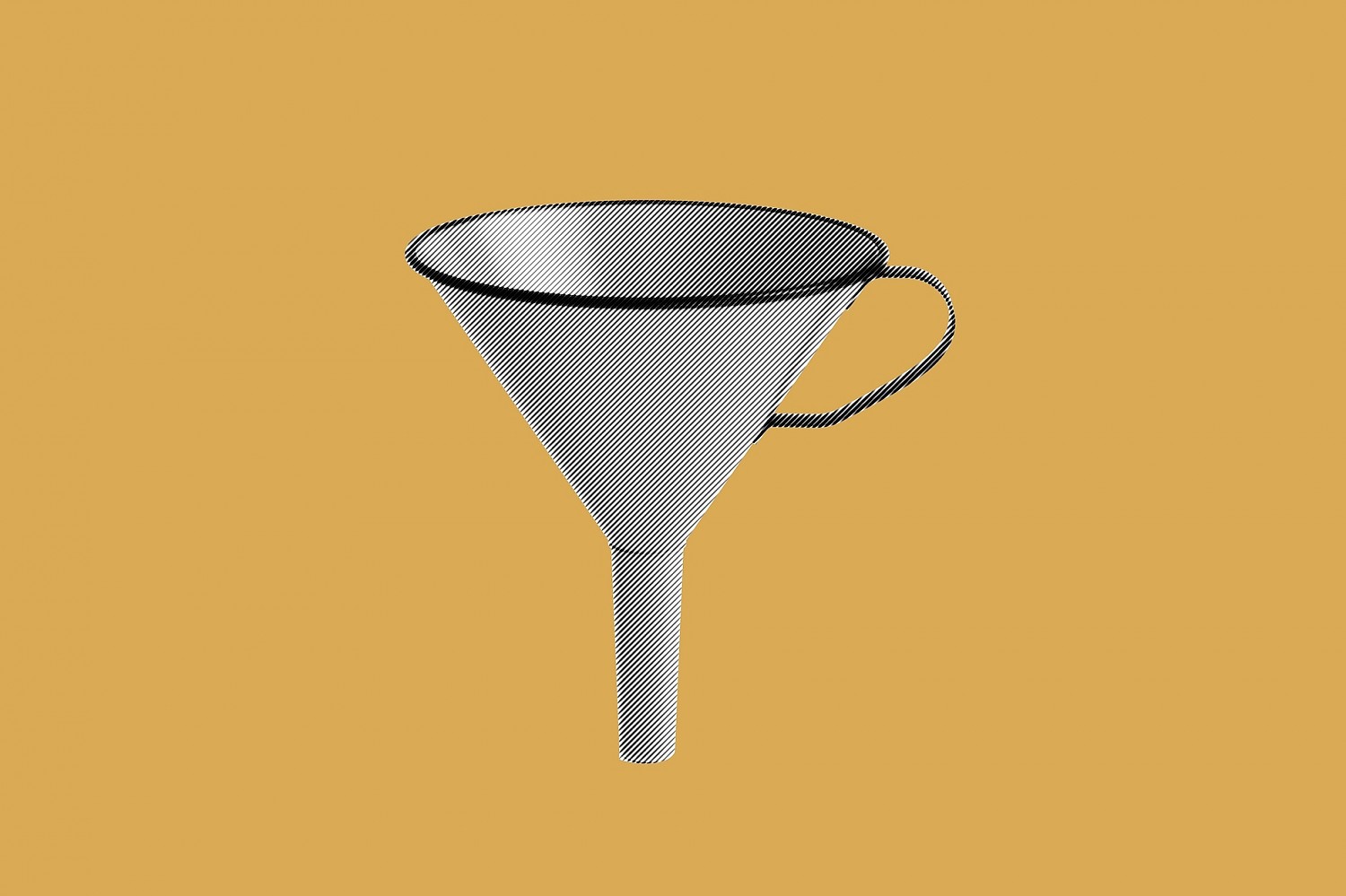How many people enter your office or pass by your store every day? How many people see the billboard you placed in every bus station? Do they glance at the article you posted on LinkedIn or the post you proudly left on Instagram? How many people watch the video you painstakingly produced to showcase your brand's purpose on TV, YouTube, or Instagram?
There are certainly many, but surely fewer than those who visit your website every day, whether as a result of all the campaigns activated in this vast digital universe or because they search the web and come across your site, enter, navigate, search, and delve deeper to make a decision.
The digital universe where your brand needs to be present is vast, and all communication channels are relevant and deserving of consideration. Just don't confuse communication channels with conversion points.
Your website is a conversion point! It's on your site that users land, browse, and become interested to the point of submitting a contact request via a form, subscribing to a newsletter, requesting more information about a service or product, applying for a job vacancy, and in the case of an online store, making a purchase. It’s on your website where people spend time, gather information and make decisions.
This process has a name, it's called the conversion funnel. It consists of the mapping of the stages a customer goes through, from their first visit to a company's website to the acquisition of a product or service. The stages of the funnel can be divided into the following steps:
Attraction: The number of visitors you can bring to your site. The better the organic positioning of your site (SEO – Search Engine Optimization) and the more attractive the campaigns you run on various channels with links to your site, the better!
Capture: The number of leads, those interested in something. The better the design (usability and experience) and storytelling on each page, the easier it is to turn a user into an interested party willing to "give us some information about themselves" (register, contact via a form, subscribe a newsletter, etc.).
Conversion: The number of SQLs (Sales Qualified Leads). Essentially, it's your team's ability to respond to leads received via website in the right way (with a phone call, email, chat, or by adding them to the database of people you regularly communicate with through email marketing campaigns or newsletters), turning them into loyal brand enthusiasts and advocates of service you provide.
Sale: The number of customers you acquire. Those who, after going through the processes above, actually become customers. It's easy to analyze an e-commerce business and more challenging to quantify on a service website, but still very, very relevant.
For all of this, when you think about creating your website, remember that you're creating the largest gateway for visitors with the greatest potential for conversion into customers—your digital funnel. The "sexy and Americanized" terms you often hear in this web world, such as performance, organic positioning, page speed, conversion, user experience, storytelling, security, data protection, are current terms that can be summed up in an old word applied to the digital world: Funnel.
We around here love funnels! The difficult part was choosing the purest photograph that represents them.
